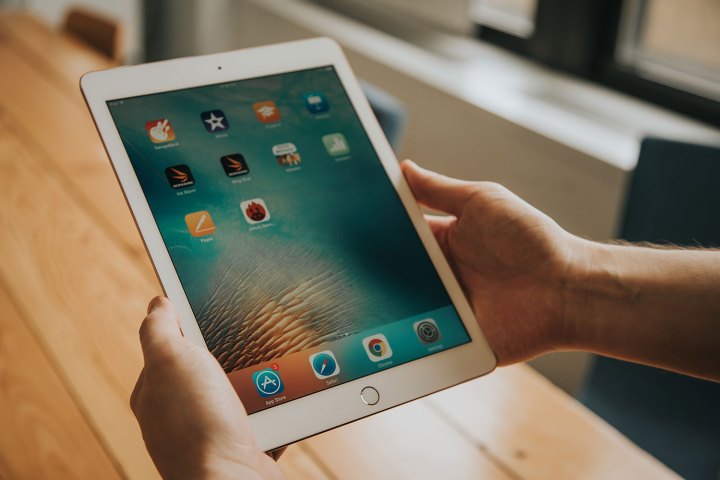
In fact, a quick check on Apple’s website shows that the 12.9-inch iPad is now estimated to have a 2 to 3 week delivery time in a number of countries, including the U.S., Canada, Australia, France, Japan, Germany, and the U.K., according to a report from MacRumors. Just last week, the 12.9-inch iPad Pro was expected to have a 1 to 2 week delivery time.
The report also mentions that 12.9-inch iPad Pro stock has seriously diminished in brick-and-mortar stores like Best Buy, AT&T, and Verizon. That’s in contrast to the 9.7-inch iPad Pro, which continues to be well stocked both online and in stores.
While stock issues often indicate an imminent new release, it’s also possible that the supply chain is to blame. In Apple’s latest earnings call, CEO Tim Cook admitted that the company had underestimated the demand for iPads this quarter, and that it was experiencing issues with one of its suppliers.
In any case, we’re expecting to see some new iPads pretty soon. Rumors suggest that we’ll see an all-new 10.5-inch iPad Pro launched anytime between March and the second half of this year. Apple will also most likely launch updates to the 9.7-inch and 12.9-inch iPad Pros, and while these updates aren’t expected to be major refreshes, they will bring some welcome new features — like the addition of Apple’s latest tablet processor, the A10X chip. The new iPads will also feature the same 12MP rear-facing camera and a True Tone flash. According to rumors, it will also keep the 3.5mm headphone jack.
Editors' Recommendations
- Apple is about to do the unthinkable to its iPads
- Apple accidentally revealed a big iPad Pro display upgrade
- You may have to wait a while longer for new iPads
- This is when Apple will finally release its new 2024 iPads
- I’m worried about Apple’s new iPads


